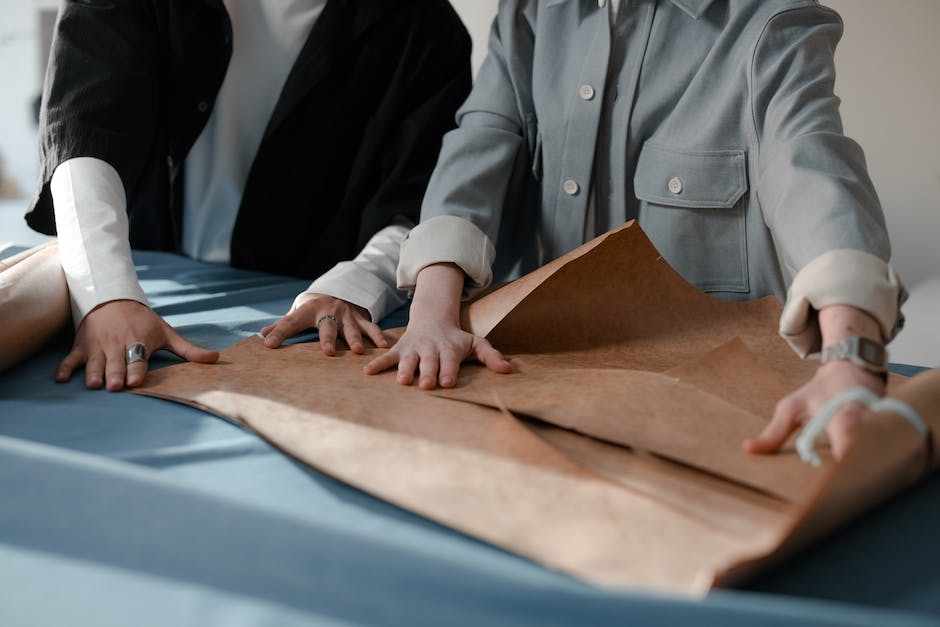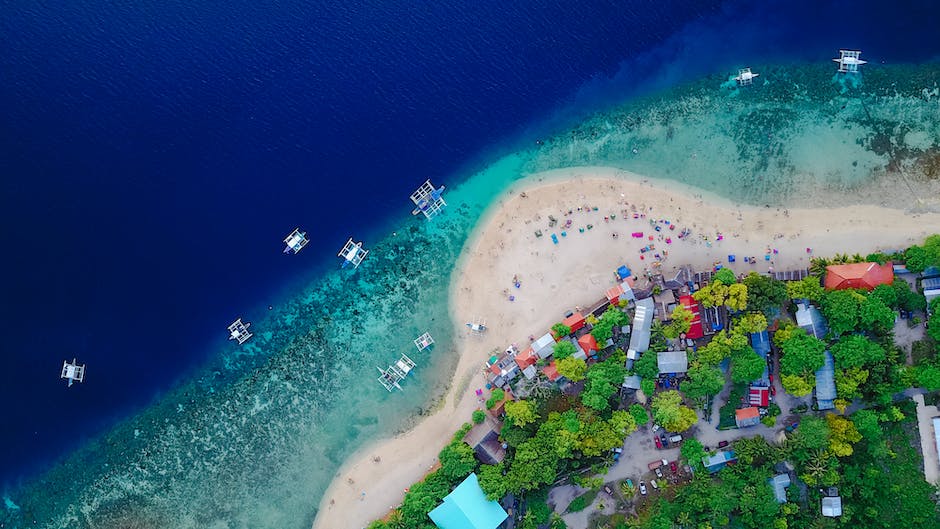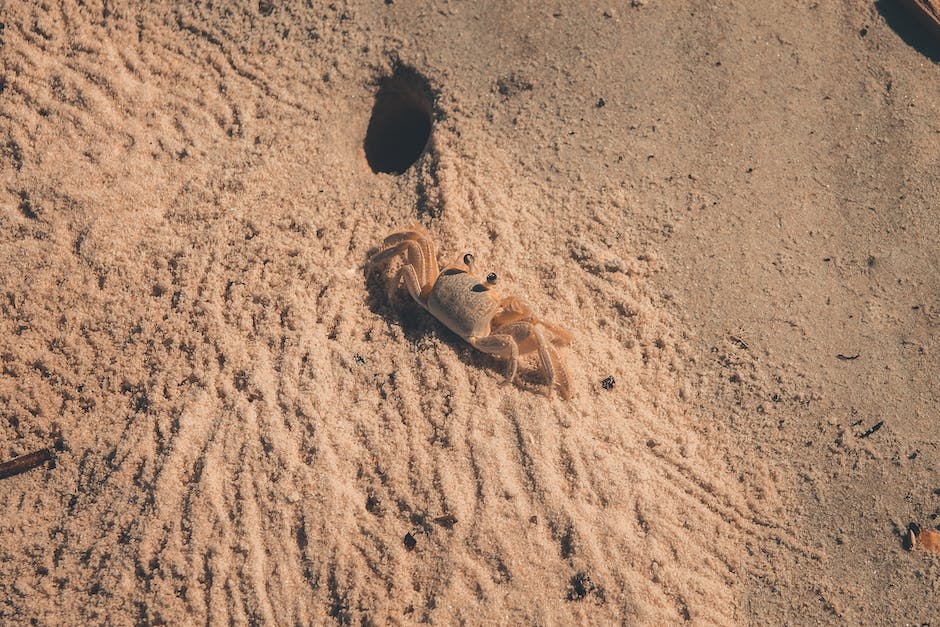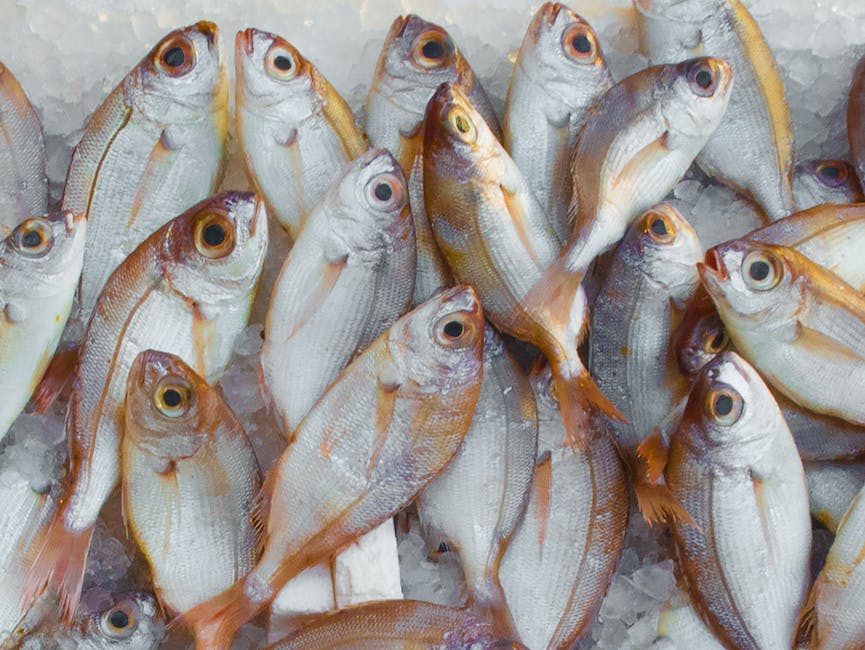
Tracing The Mudflats: Hand-picking Soft Shell Crabs In Southeast Asia
Have you ever wondered where your soft shell crabs come from? In Southeast Asia, hand-picking soft shell crabs is a common practice that has been passed down from generation to generation. The process involves tracing the mudflats and carefully selecting the crabs that are ready to be harvested.
Soft shell crabs are a delicacy that are enjoyed all over the world. They are typically harvested during the molting season when the crabs shed their hard outer shell and are left with a soft, pliable shell. This makes them easier to eat and adds a unique texture to dishes.
Hand-picking soft shell crabs is a labor-intensive process that requires a lot of skill and patience. The first step is to locate the mudflats where the crabs are known to molt. This can be a difficult task as the mudflats can be located in remote areas that are only accessible by boat.
Once the mudflats have been located, the hand-pickers carefully wade through the shallow waters and search for crabs that are ready to be harvested. This involves looking for crabs that have recently molted and have a soft, pliable shell. The hand-pickers use their experience and knowledge to determine which crabs are ready to be harvested and which ones need more time to molt.
Once the crabs have been selected, they are carefully removed from the mudflats and placed in baskets. The hand-pickers take great care to ensure that the crabs are not damaged during the harvesting process. This is important as damaged crabs will not be suitable for consumption.
After the crabs have been harvested, they are taken to a processing facility where they are cleaned and prepared for shipment. This involves removing the gills and other internal organs, as well as cleaning the shell. The crabs are then packed in ice and shipped to markets and restaurants all over the world.
Hand-picking soft shell crabs is a sustainable practice that has been used for centuries in Southeast Asia. It allows for the careful selection of crabs that are ready to be harvested, while also ensuring that the population of crabs is not depleted. This is important as soft shell crabs are a valuable resource that supports the livelihoods of many people in the region.
In conclusion, tracing the mudflats and hand-picking soft shell crabs is a fascinating process that involves a lot of skill and knowledge. It is a sustainable practice that has been used for centuries in Southeast Asia and supports the livelihoods of many people in the region. So, the next time you enjoy a soft shell crab dish, take a moment to appreciate the hard work and dedication that went into harvesting it.
Popular Blog Posts
Latest News
About our Website
Step right into Wild-Crab, where the crabby seas meet the kitchen. No matter if you're an avid crab hunter or a culinary connoisseur of crab delicacies, we've got your back. Our ambition is to spread the elation and thrill of crabbing to every kitchen and fishing boat out there.
Looking to excel in the fine art of crab hunting or create a mouth-watering crab cuisine in the comfort of your own kitchen? You're in luck! Our recipe compendium is specially crafted to cater to both seasoned crabbers and culinary rookies. Our detailed instructions are easy to follow and designed to propel your crabbing prowess to new heights, whether you're standing on the sandy shores or stirring up a culinary masterpiece in the kitchen.
Resources
Quote of the Day
"If an architect makes a mistake, he grows ivy to cover it. If a doctor makes a mistake, he covers it with soil. If a cook makes a mistake, he covers it with some sauce and says it is a new recipe."
– Paul Bocuse






